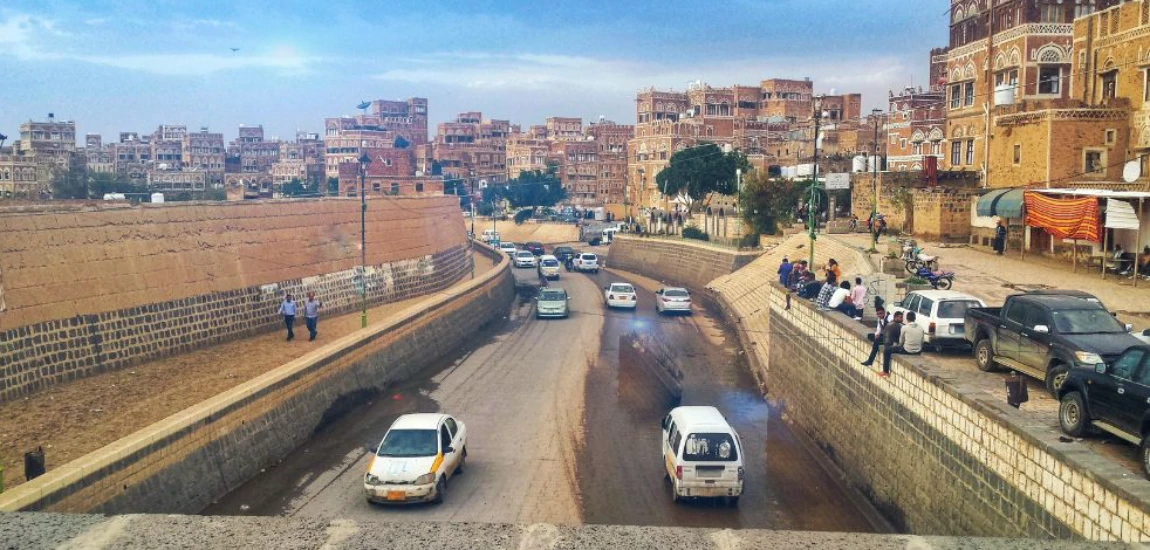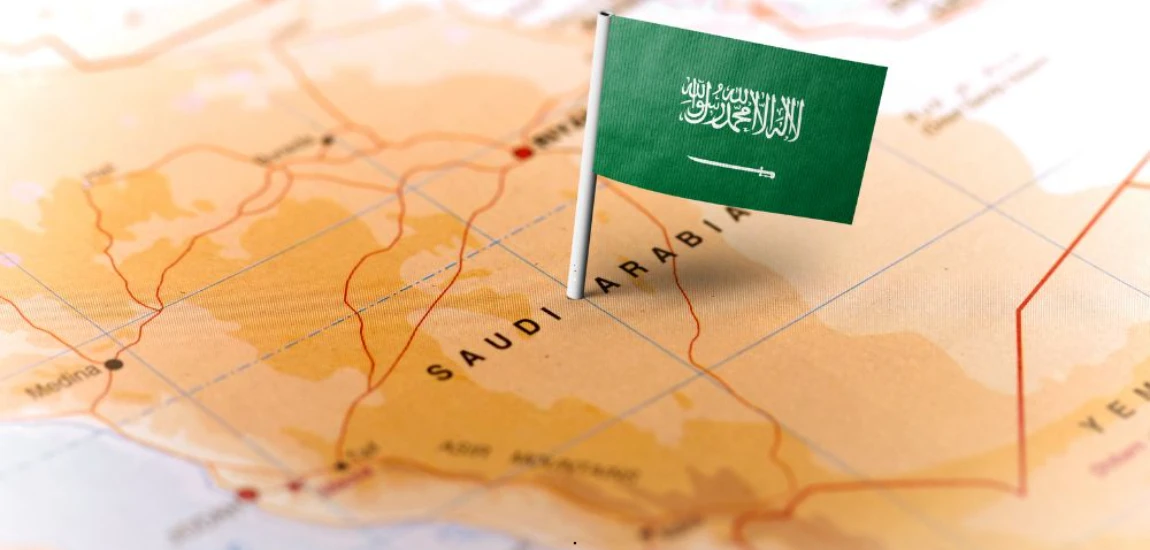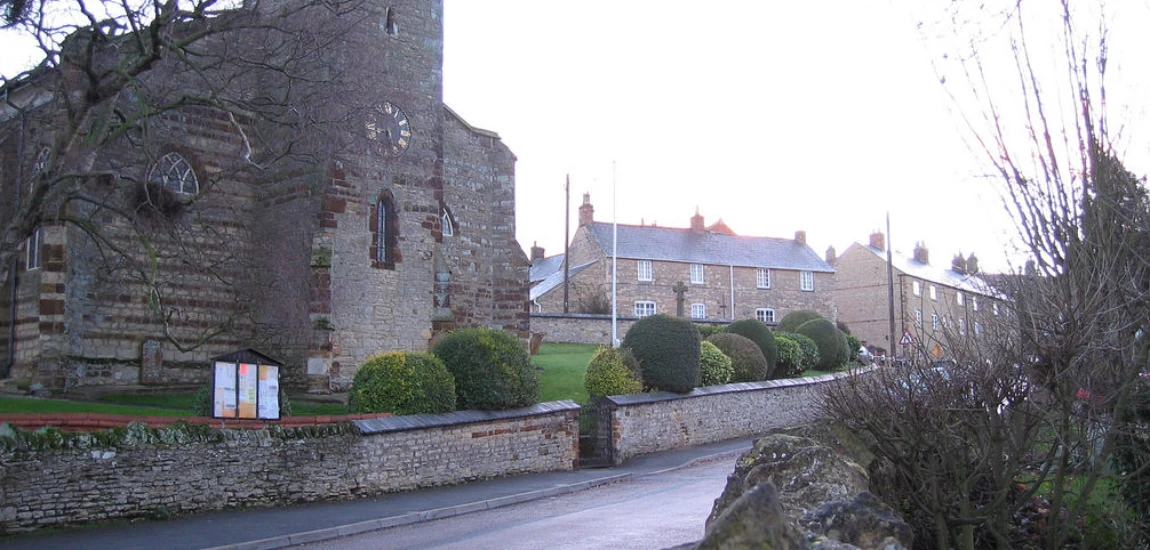Uncovered Lebanon: A Journey Through History, Culture, and Cuisine

Lebanon, a small yet historically rich country nestled on the eastern coast of the Mediterranean Sea, is a land where ancient ruins meet modern life, where the aroma of spices fills the air, and where hospitality is not just a custom but a way of life. Whether you're a history buff, a culture enthusiast, or a foodie, Lebanon has something incredible to offer. This blog post takes you on an immersive journey through Lebanon's historical wonders, cultural treasures, and delectable cuisine.
A Brief History of Lebanon

Lebanon's history spans thousands of years, making it one of the oldest inhabited regions in the world. The Phoenicians, an ancient maritime civilization, were among the first settlers in the region around 3000 BCE. They established major cities such as Tyre, Sidon, and Byblos, which are still home to ancient ruins today.
Later, Lebanon was conquered and influenced by numerous empires, including the Romans, Byzantines, Arabs, Crusaders, Ottomans, and finally, the French. Each era has left its imprint on Lebanon's architecture, language, and culture, creating a fascinating mosaic of civilizations.
Key Historical Sites to Explore

- Baalbek: Known as "The City of the Sun," Baalbek houses some of the best-preserved Roman temples in the world.
- Byblos: One of the oldest continuously inhabited cities globally, Byblos is rich in archaeological remains.
- Anjar: A unique example of Umayyad architecture.
Cultural Highlights

Language and Religion
Arabic is the official language, but French and English are widely spoken. Lebanon is known for its religious diversity, with 18 officially recognized sects. The coexistence of different religions has shaped a unique, multicultural society.
Art and Music
Lebanese culture is vibrant and expressive. Fairouz, one of the Arab world's most beloved singers, hails from Lebanon. The country also has a thriving contemporary arts scene, with numerous galleries, exhibitions, and music festivals throughout the year.
Festivals and Traditions
Lebanon celebrates both Islamic and Christian holidays, reflecting its cultural diversity. Festivals like the Baalbeck International Festival and Beirut Art Fair showcase the nation's talent and creativity.
Culinary Delights of Lebanon

Lebanese cuisine is renowned for its freshness, variety, and flavor. It emphasizes the use of fresh herbs, olive oil, grains, and vegetables.
Must-Try Dishes
- Mezze: A selection of small dishes such as hummus, tabbouleh, baba ghanoush, and stuffed grape leaves.
- Kibbeh: Considered the national dish, it's a mix of bulgur, minced onions, and finely ground meat.
- Manakish: A Lebanese flatbread often topped with za'atar or cheese.
- Shawarma and Falafel: Popular street foods found all over the country.
Sweet Treats
- Baklava: Layers of phyllo pastry filled with nuts and soaked in syrup.
- Knefeh: A cheese-based dessert topped with semolina and syrup.
Beverages
- Arak: An anise-flavored spirit typically served with mezze.
- Lebanese wine: Especially from the Bekaa Valley, where winemaking dates back thousands of years.
Must-Visit Cities and Attractions

Beirut: The Heartbeat of Lebanon
The capital city is a blend of ancient history and modern cosmopolitan charm. Highlights include:
- National Museum of Beirut
- Pigeon Rocks in Raouche
- Beirut Souks
- Gemmayzeh and Mar Mikhael (for nightlife and art scenes)
Tripoli
Lebanon's second-largest city is known for its Ottoman architecture, traditional souks, and delicious sweets.
Tyre and Sidon
Both cities offer incredible insights into Phoenician history and have well-preserved ancient harbors and ruins.
Byblos
A UNESCO World Heritage site, Byblos is perfect for history lovers and offers charming old souks, a Crusader castle, and a picturesque port.
The Chouf Mountains
Home to stunning cedar forests and traditional Lebanese villages, this area is great for hiking and eco-tourism.
The Cedars of God
Located in the Kadisha Valley, these ancient trees are a symbol of Lebanon and are even featured on the national flag.
Jeita Grotto
A series of interconnected limestone caves, Jeita Grotto is a natural marvel and a popular tourist destination.
Qadisha Valley
Ideal for trekking, this valley is home to centuries-old monasteries carved into rock faces.
Faraya and the Lebanese Mountains
In winter, Faraya becomes a hub for skiing and snowboarding.
Final Thoughts
Lebanon is a country of contrasts and harmony. It’s where ancient history meets contemporary art, where you can ski in the mountains in the morning and swim in the Mediterranean by afternoon. Despite its challenges, Lebanon continues to enchant travelers with its resilience, beauty, and soul-stirring hospitality.
Whether you're exploring Roman ruins, savoring a plate of warm kibbeh, or dancing the night away in Beirut, Lebanon promises a journey unlike any other.









